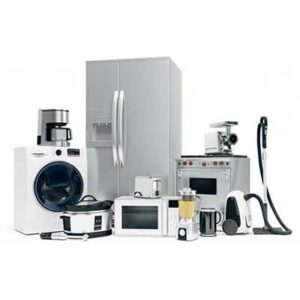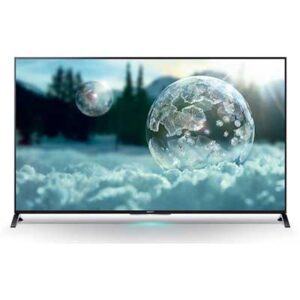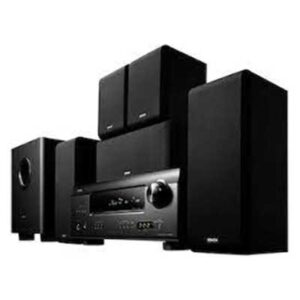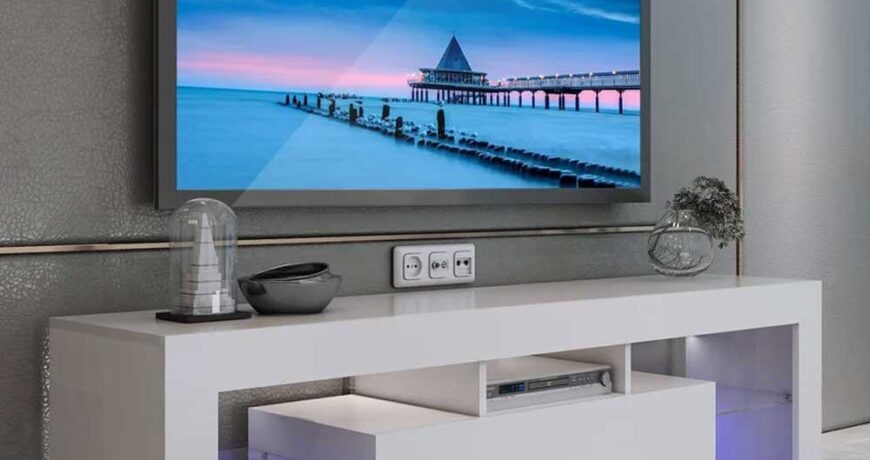Led TV: Revolutionizing The Viewing Experience Leave a comment
In the fast-paced world of technology, television has gone a long way from its debut. With developments in display technology, LED TVs have emerged as one of the most popular alternatives for customers wanting an improved viewing experience.
In this article, we will explore the evolution of television technology, delve into the intricacies of LED technology, discuss the advantages of LED TVs, guide on purchasing the right LED TV, highlight popular brands, offer tips for setup and optimization, share maintenance advice, and discuss the future of LED TV technology.
Evolution Of LED TV Technology
Television technology has undergone incredible growth throughout the years. From the early days of huge CRT (Cathode Ray Tube) TVs to the sleek and small LED TVs we have today, the shift has been astonishing.
With the development of LED technology, TVs have gotten thinner, more energy-efficient, and capable of presenting brilliant and realistic pictures.
Understanding The LED TVs Technology
LED stands for Light Emitting Diode, and it acts as the backlighting technology for current TVs.
Unlike typical LCD (Liquid Crystal Display) TVs, which employ fluorescent tubes for backlighting, LED TV use an array of light-emitting diodes to illuminate the screen.
This leads to greater colour reproduction, stronger contrast ratios, and increased energy economy.
Advantages Of LED TV
LED TV provide significant benefits over their predecessors. Firstly, they deliver a more bright and dynamic viewing experience with improved colour accuracy and deeper blacks.
LED technology also allows the manufacture of thinner and lightweight TVs, making them simpler to install and fit into any living area.
Additionally, LED TV utilises less electricity, decreasing energy expenses and helping to create a better environment. The lifetime of LED illumination offers a longer lifespan for the TV, delivering value for money to customers.
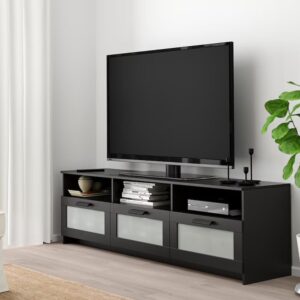
Factors To Consider When Buying An LED TV
When choosing an LED TV, there are various variables to consider. Firstly, screen size plays a key part in creating the immersive experience.
The viewing distance and room size should be taken into consideration to pick the appropriate screen size. Additionally, resolution, refresh rate, networking choices, and smart features are crucial things to explore.
Considering the budget and brand reputation may also lead the decision-making process.
Popular LED TVs Brands In The Market
The market is swamped with a large choice of LED TV brands. Some of the prominent ones are Samsung, LG, Sony, TCL, and Vizio.
These companies have acquired a reputation for delivering high-quality LED TVs with new features, superb image quality, and dependable operation.
Each company provides a varied choice of models catering to various budgets and interests.
How To Set Up And Optimise Your LED TV
Setting up and adjusting an LED TV may considerably improve the viewing experience. It begins with carefully unwrapping the TV and assembling the essential components.
Proper positioning, tweaking image settings, and maximising audio settings are crucial stages.
Calibrating the TV to fit the ambient lighting conditions in the room and employing other devices like soundbars may further boost the experience.
Maintaining And Cleaning Your LED TV
To preserve the lifespan of your LED TV, frequent maintenance and cleaning are important.
Dusting the screen and frame using a delicate microfiber cloth, avoiding harsh chemicals, and using a specialist screen cleaner are suggested methods.
Proper ventilation and temperature regulation also help to the general well-being of the TV.
Enhancing The Viewing Experience With LED TV
LED TV provide a myriad of options to improve the viewing experience. These include high dynamic range (HDR) technology, local dimming, motion interpolation, and gaming modes.
Utilising these capabilities and tweaking the settings according to personal tastes might result in a more immersive and pleasurable watching experience.
The Future Of LED TV Technology
As technology continues to grow, the future of LED TV technology contains significant possibilities.
Manufacturers are aiming on producing even thinner bezels, greater resolutions like 8K, and incorporating innovative features like AI-powered image processing.
Additionally, the integration of voice assistants and smart home networking is anticipated to significantly improve the user experience.
Conclusion
LED TVs have transformed the way we consume visual material. With their brilliant screens, low profiles, energy economy, and an assortment of unique features, LED TVs provide a greater viewing experience.
By considering the elements listed when buying, setting up, and configuring an LED TV, consumers may immerse themselves in an unprecedented visual voyage.
As technology continues to evolve, LED TV technology is destined to define the future of home entertainment.
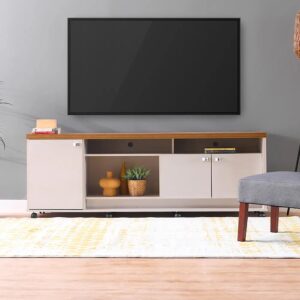
FAQs
Q1: Are LED TVs superior to LCD TVs?
A1: Yes, LED TVs provide various benefits over LCD TV, including greater colour reproduction, higher contrast ratios, and increased energy economy.
Q2: Can LED TVs be wall-mounted?
A2: Yes, LED TVs are often lightweight and thin, making them appropriate for wall installation. However, it is vital to follow the manufacturer’s directions for correct installation.
Q3: Do LED TVs waste less electricity compared to other kinds of TVs?
A3: Yes, LED TV is more energy-efficient than conventional TVs, resulting in decreased power usage and reduced energy expenses.
Q4: Can LED TVs show HDR content?
A4: Yes, many LED TVs have HDR (High Dynamic variety) technology, allowing for a larger variety of colours and higher contrast.
Q5: Are LED TVs compatible with gaming consoles?
A5: Yes, LED TV is compatible with gaming consoles and frequently features specialist game settings to improve the gaming experience.
Visit Our Facebook Page:

